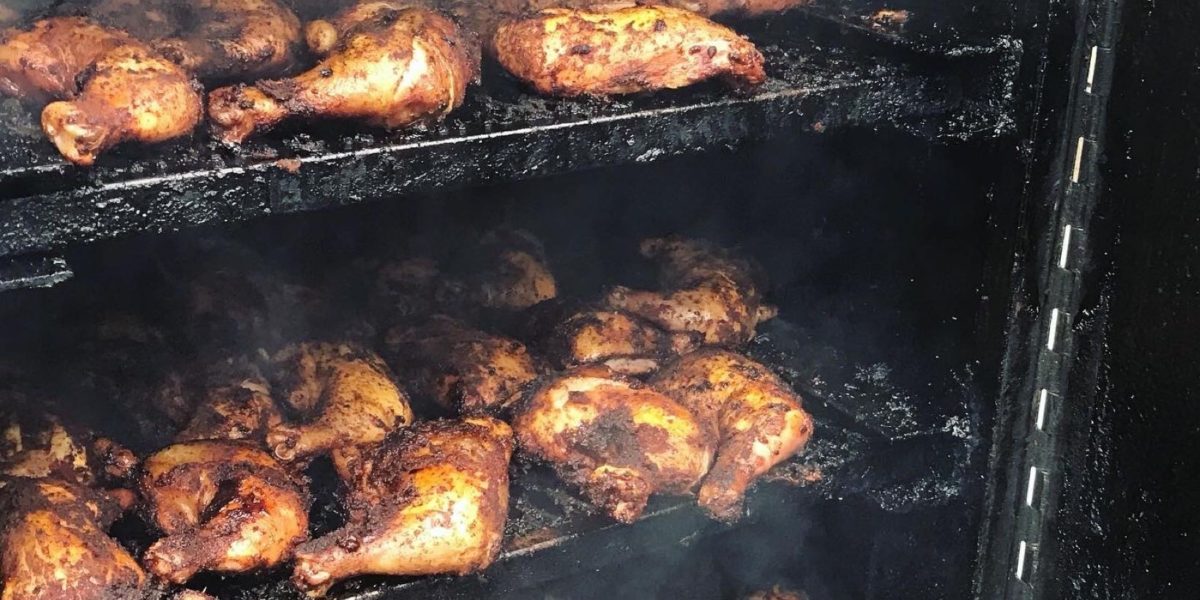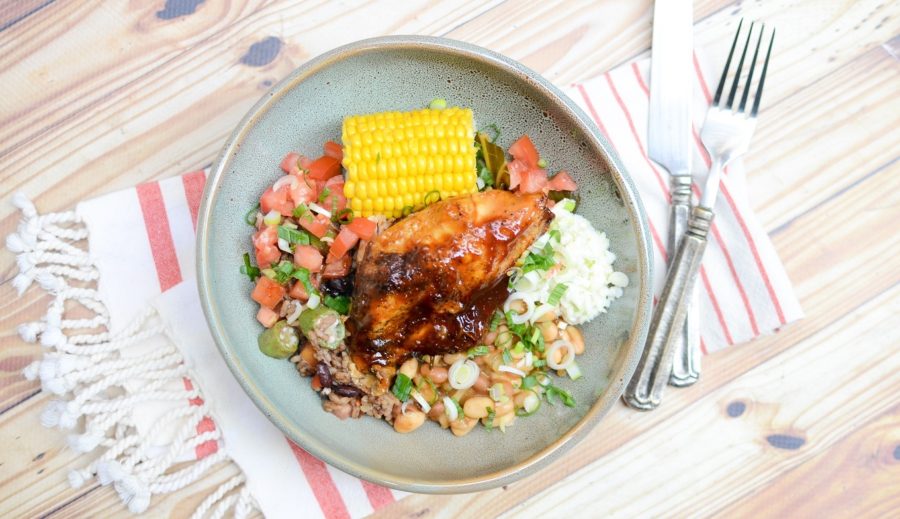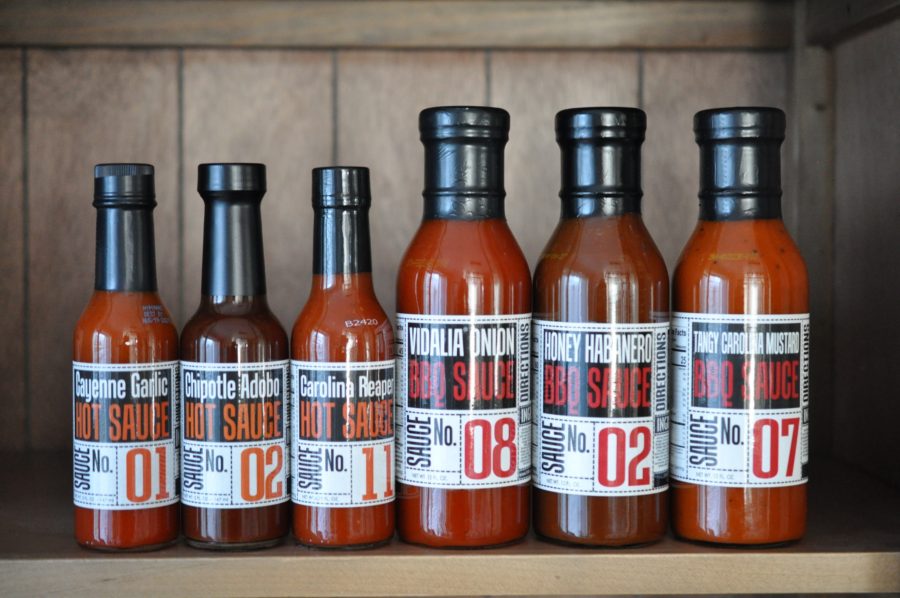
Flavor Atlas: Barbecue
Food is a universal experience - a culinary common ground, celebrating local flavors and seasonality. Through our monthly column, Flavor Atlas, we explore worldly flavors and global cuisines through common ingredients or food preparation, and this month in honor of summer and grilling season we're diving into the complex world of barbecue.
For many, barbecue is defined as a gathering where whole or large pieces of meat, fish, and vegetables are cooked outside over an open fire on a rack or revolving spit. Around the world, different cultures have very specific methods to how they prepare barbecue that make add unique flavor to the techniques.

Let's start with the complex world of barbecue right here in the USA. American-style barbecue is defined by seasonings and sauces that vary based on the region within the US. Throughout the United States, meat cuts and cooking methods aren't nearly as important as the array of sauces served with barbecue. From Texas to Kansas City to the Carolinas, regional barbecue is notorious for specific sauces. Here are a few of the heavy hitters in American barbecue:
- Considered the mother of all American barbecue sauces, Eastern North Carolina sauce leverages apple cider vinegar instead of tomato to create this tangy vinegar-based sauce. Influenced by African flavors, the vinegar base is mixed with spices like cayenne, black pepper, and hot sauce, this sauce is a little watery in texture -- and absolutely delicious in flavor.
- Not to be outdone, South Carolinians swear by a mustard-based barbecue sauce on their slow-roasted meat. Influenced by German immigrants, "Carolina Gold" sauce is a yellow mustard-based sauce doctored with vinegar, sugar, and spices -- and is notoriously delicious on pulled pork.
- Kansas City is arguably the birthplace of dry-rubbed barbecue and meats smothered in a sweet barbecue sauce. This tomato-molasses mixture is drizzled - with a heavy hand - over all different types of slow-cooked meats. If you're in town to try their signature barbecue, don't skip on the burnt ends -- flavorful, charred tips of the meat often served sandwich-style.
- In Texas, barbecue is truly "go big or go home" style. Each region of Texas has its own special twist on barbecue, but Texas-style is really synonymous with Central Texas-style barbecue. Brought to the region through European meat-smoking traditions, Central Texas is well known for its traditional low and slow-cooked brisket. This meat is dry-rubbed with special spices and while sauces are served on the side, purists enjoy their Texas barbecue just as it comes off the grill.
If you're taking a road trip throughout the US, let us highly recommend a barbecue tour through all these major destinations for a full belly of deliciousness. And if you're missing some of FLIK's signature BBQ sauces & spices, don't forget to shop Julie's Pantry for all your favorites!

Taking our barbecue adventure to South America, churrasco is the most common style of grilled beef or meat with origins and influence from Portugal and Spain.
Notoriously a prominent offering in Brazil, Uruguay, and Argentina, a churrascaria - or common steakhouse - serves all-you-can-eat barbecue. Meat is cooked over an open spit (instead of a smoker or outdoor grill) and waiters then roam the restaurant with large skewers of meat, slicing meat onto each customer's plate.
Like in the United States, churrasco is served with a signature sauce called chimichurri. This simple, yet flavorful sauce is made with garlic, oil, vinegar, and a combination of fresh herbs like parsley, resulting in a bright, acidic sauce that only enhances the smokiness of churrasco.
Barbecue isn't limited to the Americas, in the Philippines lechón is a traditional pork dish that's a must-try. Lechón has Spanish roots and can be found in several regions throughout the world and refers to a whole roasted pig.
Popular prior to pre-colonial times, lechón in the Philippines is reserved for special occasions, festivals, and holidays and is the national dish of the Philippines. Each region has its own twist on how to stuff and prepare the pig -- sometimes stuffed with herbs and spices -- but this barbecued pig is always slow-roasted on a bamboo spit over a charcoal flame and manually turned for hours until the pig is roasted on all sides until the skin is extra crispy.
And, as is a common theme with all our barbecue exploration, it is served with a side of dipping sauces. Lechon Sauce, served in Manila, is a liver-based sauce mixed with vinegar, brown sugar, garlic, onion, salt, and pepper. It can also be served with soy sauce or labuyo chili sauce.
Ready for more barbecuing and grilling this season? Let FLIK be your recipe inspiration. Try some of our recipes like:
- Spicy BBQ Chicken Breast
- Apricot BBQ Glazed Shrimp
- Vegan Dirty Rice
- Grilled Corn, Scallion Ragout
- Lemon Herb Feta Chicken Sliders
Be sure to check out our other Flavor Atlas posts including an exploration of stews, the history of rice from the African diaspora, the world of noodle soups in honor of National Noodle Month, and delicious dumplings.
+++
At FLIK Hospitality Group we believe in great food, great service, and great people. Our wellness first approach ensures our food supports healthy and delicious choices, specially curated by our team of culinary experts and registered dietitians. At FLIK, we believe in seasonality in sourcing our ingredients and providing a customized approach to the culinary and hospitality needs of each client. Our dedication to providing quality hospitality service is unparalleled in the industry.
Have feedback or questions for our team? Email us at flikblog@compass-usa.com.
Interested in working with us? Apply today!